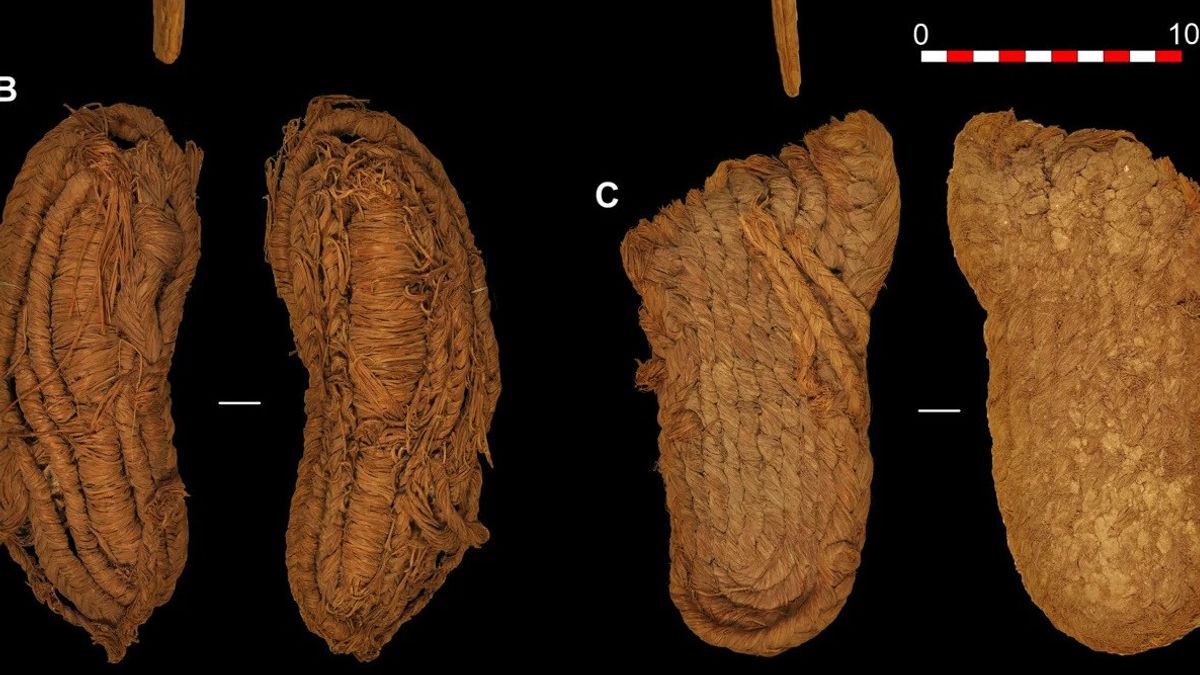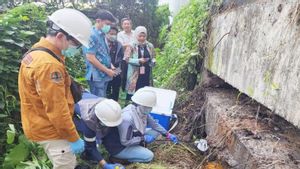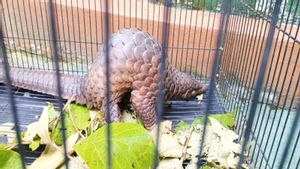JAKARTA - A group of researchers managed to identify the oldest footwear in Europe, according to research results published in the journal Science Advances.
A total of 22 weaving sandals are thought to date back 6,000 years, according to the results of a radiocarbon analysis found in a study led by researchers from the University of Autonomy Barcelona and Alcala in Spain.
Ancient footwear, along with Mesolitium baskets and other equipment, was first discovered in 1857, when a cave in southern Spain was looted by miners.
However, when the artifact was first dated, in the 1970s, the artifact was identified as about 1,000 years younger than the latest analytical findings, according to CNN Oct. 10.
The very dry conditions inside the cave are ideal for preserved materials that are easily damaged, the researchers said, and allow the preservation of prehistoric burial sites complete with some of the bodies that are imported, accompanied by baskets, wood equipment, sandals and other items.
"These objects are the oldest and most conserved collection of plant fiber material in southern Europe that has been known so far," explained hapha, co-author said in a statement, adding the objects showed "the ability of prehistoric society to master this type of expertise."
When Spanish archaeologist Manuel de Gryptogora y Mart Mariez visited the cave in 1867, 10 years after looting, he collected the remaining artifacts, including sandals, and gave them to museums in Madrid and Granada, where the artifacts were studied by the researchers, the study added.
The sandals are made of grass and other ingredients, including skin, lime and ram tree skin, a natural fiber.
Using a description given by Gryptogora, this study hypothesized that the body was buried in sandals.
Some sandals have clear signs of wear, while others appear to have never been worn, suggesting some people have clothing specially made for their funerals.
The researchers also studied several baskets and other wood artifacts in the collection. These objects "open an innovative perspective on the complexity of the Early-Middle Holosen population in Europe," they said, adding that most of the knowledge about the past society was taken from long-lasting artifacts compared to easily damaged artifacts such as baskets.
SEE ALSO:
Both baskets and sandals show the creators have extensive knowledge of plant resources in the local environment as well as high-level expertise, the researchers said.
"The quality and complexity of basket technology makes us question the simple assumptions we had about the human community before the emergence of agriculture in southern Europe," explains Francisco Mart Mariez Sevilla, co-author of the study, in a statement.
The study also found that these objects were deposited on the site at two very different times, namely the Early and Central Holosen era. The first phase is related to the hunting population for the Early Holosen period, and the second phase is related to the Central Holosen farmer, the researchers said.
The English, Chinese, Japanese, Arabic, and French versions are automatically generated by the AI. So there may still be inaccuracies in translating, please always see Indonesian as our main language. (system supported by DigitalSiber.id)


















